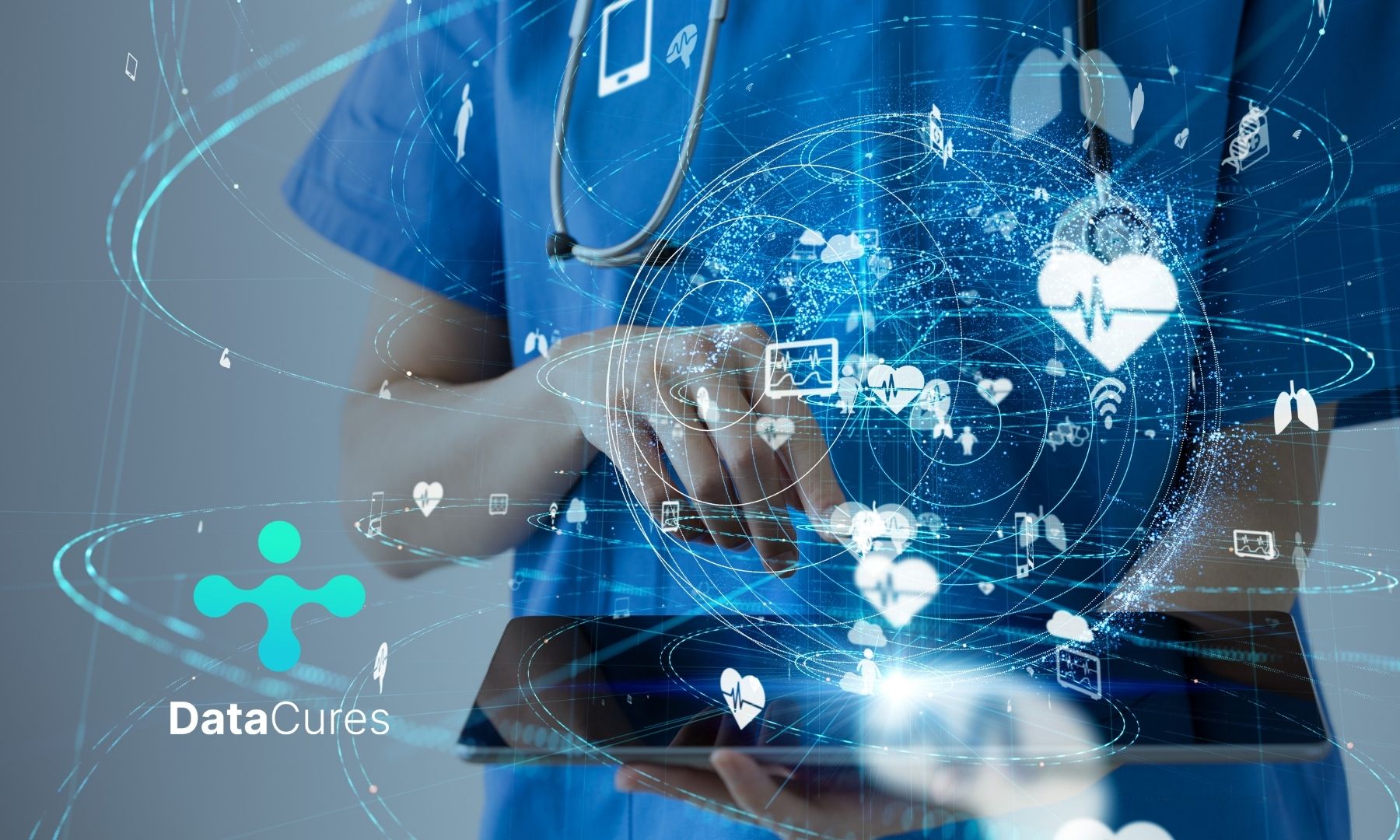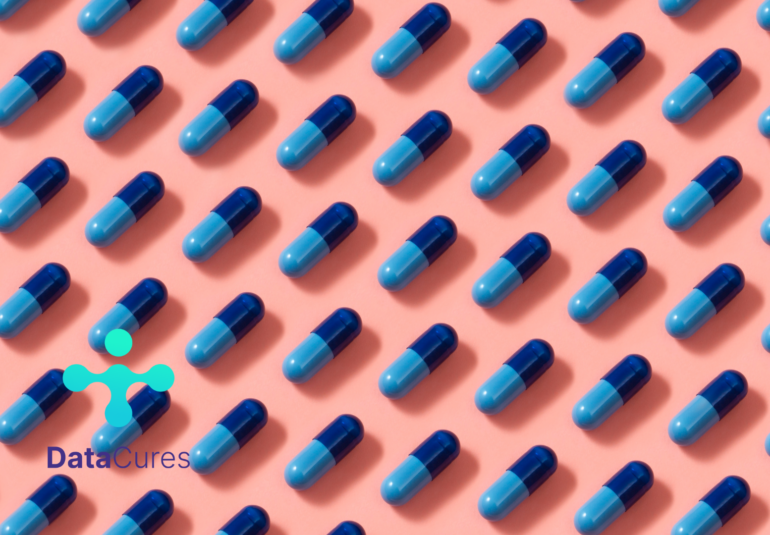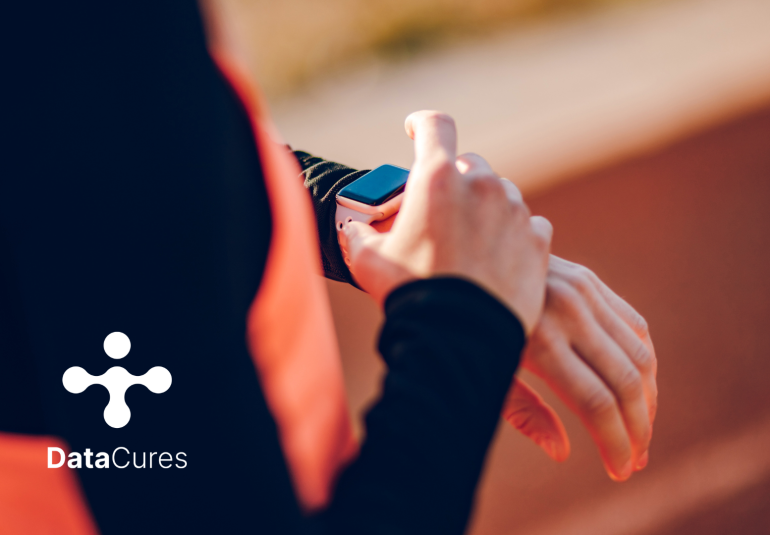

- Health data strategy
-
by Kristina Liebute
Introducing DataCures: Find Out How Data Is Shaping Our Future
Why DataCures?
Can data science and analytics change the world? We think it can, and it already has, especially when it comes to healthcare. The ongoing Covid-19 pandemic showed us just how much healthcare is still lacking in modernisation. But we were also witnesses to how quickly things can change for the better when powered by innovative technology. Paired with big data, AI or machine learning, data science is becoming an essential tool to leverage data in healthcare. DataCures intends to show you how.
From soccer to pizza – the many faces of data science
Picking out the best recruits to play soccer, delivering hot food quickly, predicting crime, personalising web storefronts… All are just a few examples that illustrate the capabilities of data science, used by an increasing number of businesses and industries around the globe.
While healthcare has also made its first steps towards leveraging data science, the vast potential is still out there. The industry is notorious for being highly regulated and slow to adapt to changes, such as digital innovation.
An ocean of data waiting to be tamed
But around 30% of the world’s data storage resides in the healthcare sector (BBH). This fact alone should make us speed things up, right? Especially because the stakes are so much higher – healthcare deals with people’s well-being, oftentimes with life or death situations.
As more and more patient data turns digital, healthcare is inundated with immense amounts of data. New, better ways to store and process data have to be employed. With data science possibilities in healthcare are endless, especially in diagnostics and prevention. And well, it is much more effective to actually prevent a disease than to treat its symptoms.
Data science application examples in healthcare
For example, Google is developing an AI system that helps predict breast malignancies in their earlier stages. According to an international study, published by Nature, there was a 5.7% and 1.2% (USA and UK) reduction in false positive results and 9.4% and 2.7% reduction in false negatives.
Thanks to machine learning, predictive analytics, and process redesign, The University of Kansas Health System reduced their readmission rates by 50% (Springboard). Awake Labs, a Canadian startup, is tracking data on children with autism and helps inform parents before the meltdown starts (Analytics Vidhya).
During the pandemic, data science and analytics also helped answer questions, such as: How fast will the virus spread? Where is the risk of catching the virus higher? How effective is social distancing in comparison to quarantine?
Why DataCures?
Data science and analytics are paving their way into healthcare and DataCures aims to bring you along.
Our blog is active with the intention of sharing the most recent updates on the topic of data science and analytics in healthcare. We want to inspire our readers, be they healthcare or data science professionals, and help them keep up-to-date. Intrigued? Subscribe and stay tuned for more.
Sources: Nature, Springboard, Building Better Healthcare, Inside Big Data, Built-in, Analytics Vidhya



Andrew M.
2022.01.11. at 09:05This blog covers an increasingly relevant topic and fills an unmet need for healthcare professionals that wish to innovate with the power of big data. Keep up the good work! Andrew